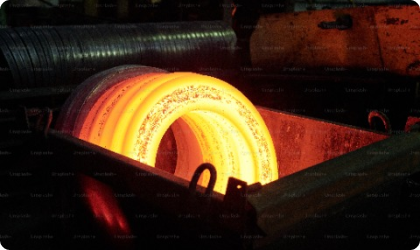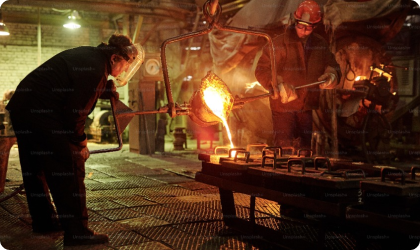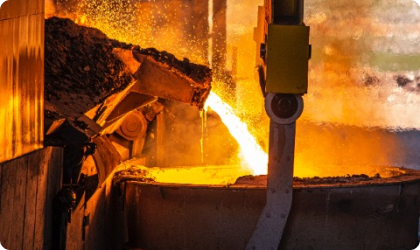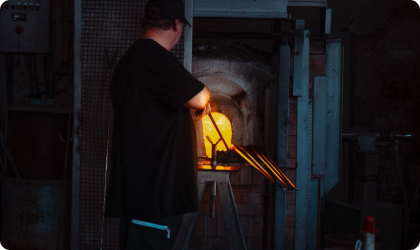Cryogenic Treatment of Steel and Aluminum Parts: Comprehensive Insights
Welcome to our exploration of the technical and practical aspects of cryogenic treatment of steel and aluminum parts. This technique offers manifold benefits, especially when applied after heat treatment. Whether you’re seeking to understand the theoretical underpinnings or the hands-on processes, we’ve got you covered.
The Science Behind Cryogenic Treatment
- Fundamental Purpose: At its core, Cryogenic Treatment is utilized to transform retained austenite from a hardening procedure into martensite. The occurrence of retained austenite in high alloy steels can lead to its unwanted transformation into untempered martensite during actual use. To address this, metals are deep-frozen or subjected to cryogenic treatment, typically at temperatures of -120F or -300F. This ensures the transformation of retained austenite, post-hardening.
- Benefits and Uses:
- Wear Resistance: Enhanced by refining microstructures and forming fine carbides.
- Stress Relief: Helps in reducing internal stresses post heat treatment.
- Dimensional Stability: Minimizes distortions and ensures stability before delicate grinding operations.
- Improved Mechanical Properties: Augmented hardness and strength due to martensitic conversion.
- Shrink-Fit Operations: Used for pairing components with high interference.
- Enhanced Lifespan: Diminished micro-crack propagation leads to longer service life.
- Cost Efficiency: Less frequent maintenance and replacements.

Our Capabilities
Cryogenic Treatment Process:
- ThermTech boasts specialized liquid nitrogen cryo-boxes designed for optimal process control and batch consistency. With our largest cryo-box measuring 33” x 47” x 47”, we can accommodate a wide range of parts. Furthermore, we possess the capability to treat even larger components cryogenically.
- Typically, the cryogenic treatment is integrated within the hardening process. It’s commonly positioned between the first and second tempers, especially for high-speed and other tool steels.

Recommendations:
Our extensive experience has demonstrated the value of cryogenic treatments for various high alloy steels, such as:
- Cryogenic Treatment of 9310 Gears
- Cryogenic Treatment of 4120 Gears
- Cryogenic Treatment of 8620 Gears
When faced with the challenge of retained austenite, we often advise a cryogenic solution. We can dive down to temperatures of -120F or even -320F, ensuring quick turnaround times, typically between 1-2 days. For urgent requirements, we also provide overnight services.
To cater to varied product needs, our repertoire also encompasses Thermal-Cycling, alongside other procedures like Vacuum Quench and Temper and Oil Quench and Temper. This ensures we can satisfy a broad spectrum of hardness or additional property requirements.

Conclusion
ThermTech’s comprehensive cryogenic treatments are designed to serve diverse requirements, merging scientific understanding with practical expertise. As industry frontrunners, our commitment is to offer solutions that ensure quality, durability, and performance.


